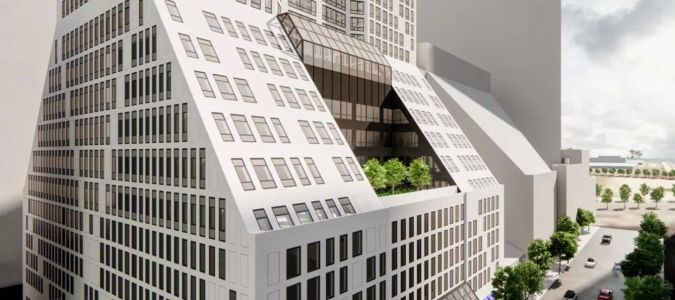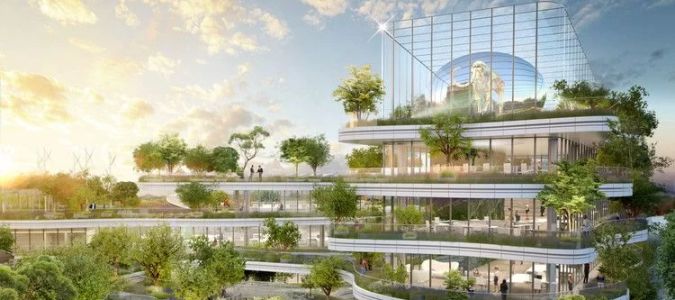As your team grows, so does the need for a new office space. Selecting the perfect office space for a growing team is crucial for fostering productivity, collaboration, and overall business success. But with so many factors to consider, it can be overwhelming. Let’s break down the process step by step, offering tips, real-life examples, and expert advice to help you make the right decision.
- Understanding Your Team's Needs
- Choosing the Right Location
- Designing an Effective Workspace Layout
- Balancing Budget and Flexibility
- Case Studies and Success Stories
1. Understanding Your Team's Needs
The first step in selecting the perfect office space is understanding the specific needs of your growing team. Consider factors such as the number of employees, the type of work they do, and whether you need meeting rooms, collaborative spaces, or individual workstations. A startup with a creative team may require an open-plan space, while a law firm might benefit from private offices. Understanding these needs will help guide your decision-making process and ensure that your office is functional for the team’s day-to-day operations.
2. Choosing the Right Location
Location plays a pivotal role in selecting office space. It's essential to choose a location that’s convenient for your team, accessible to clients, and within proximity to key resources like public transportation or networking events. In addition to convenience, think about the neighborhood's reputation and whether it aligns with your brand's image. A trendy, tech-friendly area like DUMBO in Brooklyn may attract young talent and startups, while a more corporate environment may suit traditional businesses better. Evaluate the area’s amenities, parking options, and overall vibe to ensure it aligns with your team’s needs and your company's values.
3. Designing an Effective Workspace Layout
Once you've narrowed down your options, the next step is designing a layout that promotes efficiency and collaboration. Your office layout should reflect your team’s dynamic and encourage interaction where necessary. For example, an open office layout with break-out areas may be great for creative teams, while a more segmented design might be appropriate for teams that require quiet or individual workspaces. Consider flexible spaces that can evolve as your team grows, such as modular desks and moveable walls. Additionally, incorporating natural light and biophilic design can enhance the well-being and productivity of your employees.
4. Balancing Budget and Flexibility
While it’s essential to create the ideal workspace, staying within your budget is equally important. Office spaces in prime locations can be costly, so balance the office space needs with the financial capacity of your growing team. Many landlords offer flexible lease terms or coworking spaces that allow businesses to scale up or down depending on growth. For a growing team, choosing a lease with the option to expand as your needs evolve can save on future relocation costs. Additionally, consider the long-term costs of utilities, maintenance, and other services included in the lease agreement.
5. Case Studies and Success Stories
One company that successfully navigated the office selection process is WeWork. Initially starting in a small office, they grew rapidly and made the move to larger, collaborative spaces as their team expanded. This move helped them foster a creative and collaborative environment, which became a core element of their business model.
Another example is Slack, whose offices reflect their values of openness and communication. By selecting an office space that supported their growing team's needs for collaboration, Slack fostered a culture of transparency and productivity, which contributed significantly to their success. These real-life examples show how selecting the right office space can influence team dynamics and, ultimately, business success.








